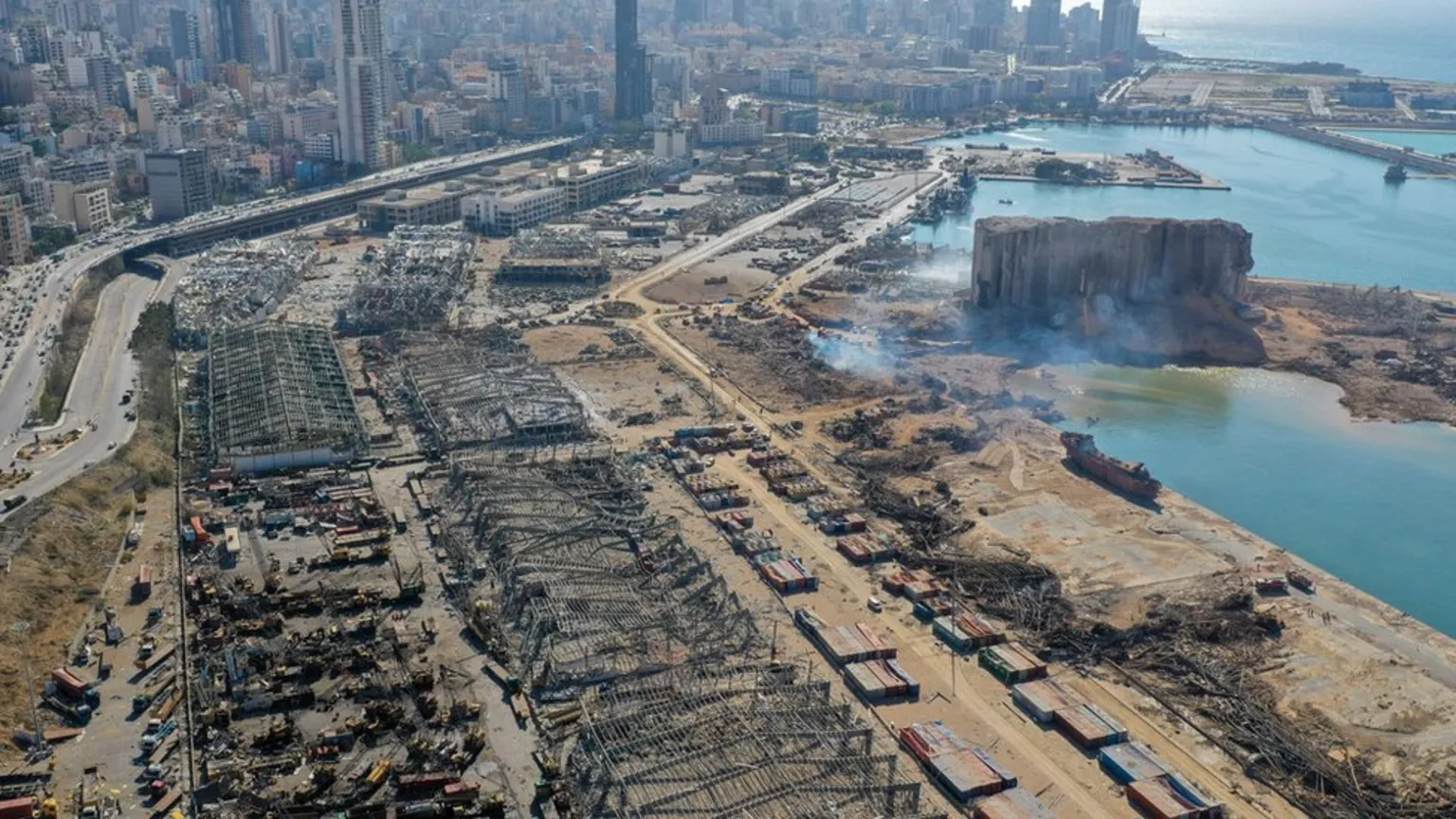

“The past is never buried—it merely waits to be uncovered.” Some books entertain, some educate, and some have the rare ability to do both while making the reader question the very nature of history. Mega Blast by W. Matthew Hart is one such novel—a thriller that blurs the lines between historical reality and fictional intrigue, leaving readers wondering just how much of what they are reading is imagined and how much is rooted in truth. With a strong understanding of maritime history and a talent for fusing real-world events into a suspenseful narrative, Hart crafts a story that grips the reader from the first page to the last. The novel is not just a piece of fiction; it is a discovery of how history’s most explosive moments may hold more secrets than we ever realized.
Throughout Mega Blast, Hart masterfully incorporates real events into a plot filled with espionage, sabotage, and the pursuit of power. The book draws inspiration from actual disasters such as the Halifax Explosion of 1917 and the Port Chicago disaster of 1944—both events that shaped global policies on wartime safety, industrial practices, and emergency response. By melding these historical moments with a gripping fictional narrative, Hart gives readers a front-row seat to the dangerous and complex world of military secrets and hidden agendas.
History has always provided the perfect blueprint for thrilling fiction, and Mega Blast is proof of that. Real disasters have consequences that ripple far beyond the moment they occur, shaping politics, warfare, and society as a whole. The Halifax Explosion, one of the most devastating man-made disasters before the nuclear age, was a direct result of wartime logistics gone wrong. A French cargo ship, Mont-Blanc, loaded with munitions, collided with a Norwegian vessel in Halifax Harbor, causing an explosion so massive that it leveled large sections of the city and killed thousands. This catastrophe, which Hart references in his book, serves as a chilling reminder of the devastating power that unchecked military operations and logistical failures can unleash. The Port Chicago disaster, another real-life event that echoes in Mega Blast, involved the explosion of a naval ammunition depot in California, disproportionately affecting African American sailors who were assigned to the most dangerous jobs under discriminatory military policies. By highlighting these historical events, Hart does more than create an exciting story—he ensures that history is remembered and its lessons are not lost.
Readers are naturally drawn to historical fiction because it satisfies both curiosity and the desire for narrative closure. Real history often leaves questions unanswered, mysteries unresolved, and justice unserved. Fiction has the unique power to revisit these events, offering possible explanations, alternative perspectives, or imagined conspiracies that make sense of what was once thought to be random chaos. Mega Blast thrives on this concept, presenting an alternative reality in which these historical explosions may not have been mere accidents. What if they were part of something bigger? What if forces behind the scenes had orchestrated these disasters for political or economic gain? These questions transform a historical thriller into something more—a mind-bending exploration of what history may have hidden beneath the surface.
Beyond its historical depth, Mega Blast also captures the technological and strategic advancements that defined the wartime era. Hart’s background in maritime history gives him an edge in detailing how naval operations, intelligence tactics, and explosive technologies evolved throughout the twentieth century. His novel does not merely rely on action-packed sequences; it looks into the intricacies of espionage, naval engineering, and geopolitical maneuvers. The result is a book that immerses the reader in the high-stakes world of military intelligence, where a single misstep can change the course of history.
The challenge of writing historical fiction lies in maintaining a delicate balance between fact and creative interpretation. While some authors risk distorting history for dramatic effect, Hart treads this line carefully, ensuring that his narrative remains both compelling and respectful of the past. Mega Blast does not sensationalize tragedy; rather, it sheds light on forgotten or lesser-known events, reintroducing them to modern audiences in a way that feels both urgent and relevant. This is one of the novel’s greatest strengths—it does not simply tell a story, but rather revives history, giving voice to moments that might otherwise be lost in time.
Hart’s ability to write with both precision and passion is evident throughout the novel. His characters are not merely participants in the plot; they are reflections of real fears, ambitions, and conflicts that have shaped the modern world. His main character handles a world of deception and uncertainty, much like the real-life figures who have worked behind the scenes of history’s most defining moments. The pacing of the novel is another aspect that sets it apart—Hart knows exactly when to slow down and explore the psychological weight of a moment, and when to push forward into high-intensity action that keeps the reader on edge. What makes Mega Blast truly stand out is its authenticity. Every detail, from the descriptions of naval operations to the mechanisms of explosive disasters, is rooted in meticulous research and a genuine understanding of historical and technological contexts. This is not a book that relies on exaggerated fiction; it is a story built upon the foundation of reality, making it all the more compelling.